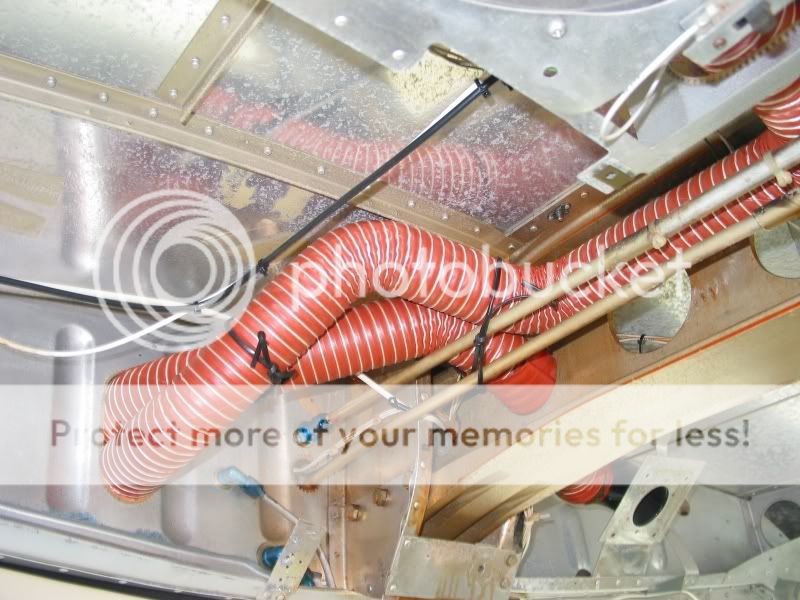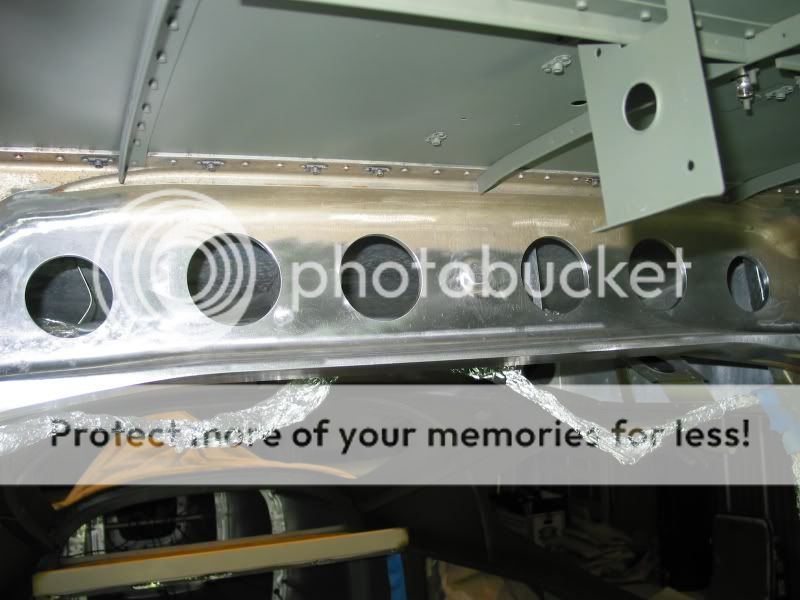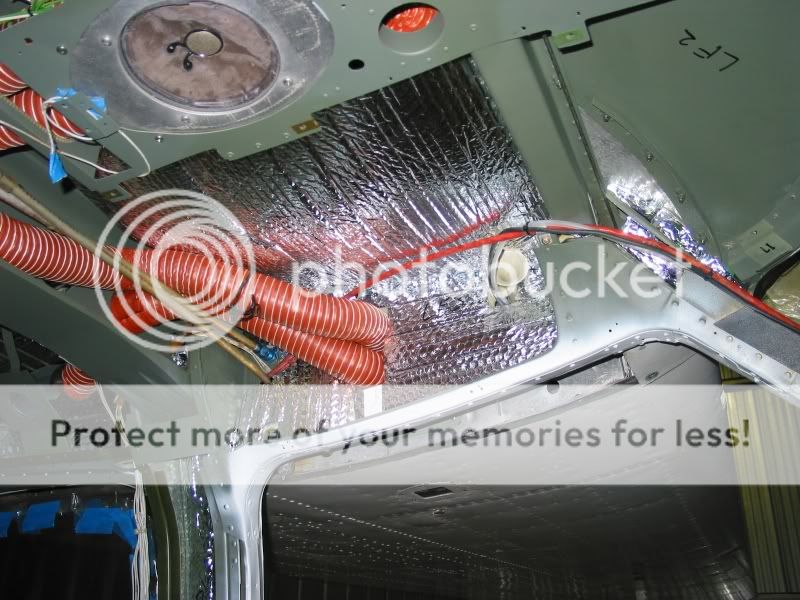azure
Final Approach
I dropped by my hangar this afternoon to check up on my mechanic and got a bit of a scare. He mentioned that most of what he had found was minor -- yoke was loose, gear shim needed adjustment, replace alternator wire, yoke shaft was rubbing on instrument panel (been that way since I bought it and I'd asked him several times to look at it and adjust/lube/whatever it takes), reposition rat's nest of wiring underneath panel. We decided to put off replacing the partly torn fuselage cowl seal as I am not at present having any problems with engine cooling.
Then he said there was a "showstopper". (Almost a "heart stopper".) It turns out he had found corrosion on my wing spar carrythrough, the bane of Cardinal owners. That was my #1 concern that I thought had been addressed in the pre-buy, but he said that he needed to rip out the headliner and do a thorough inspection of the carrythrough to be sure that what he was seeing wasn't just the tip of a very nasty iceberg.
I even called the plane's former mechanic in NY to find out when the carrythrough had been last inspected -- Joe didn't expect my guy to find anything significant.
Well my mechanic called me back about an hour ago and said that it looks like the carrythrough is okay, but that I should replace all the insulation up there as it's saturated with mouse poop and pee. In fact, the corrosion he's seeing seems to be due to the mouse excretions as well, and he is sure now that it's all superficial <whew>. He'll wipe it down, apply some more Corrosion-X, and replace the insulation and then put it back together again. First annual complete.
But it got me to thinking about just how long that mess of brine and ammonia had been sitting there, and what would have happened had it gone on indefinitely. The former mechanic admitted that he had only done a quick visual inspection at previous annuals, and never the thorough lookover it would have taken to discover it. I can't help thinking that my guy's being new to the airplane (and therefore much more cautious) may have saved the Branded Bird a few years down the line from a fate that has befallen too many Cardinals.
Then he said there was a "showstopper". (Almost a "heart stopper".) It turns out he had found corrosion on my wing spar carrythrough, the bane of Cardinal owners. That was my #1 concern that I thought had been addressed in the pre-buy, but he said that he needed to rip out the headliner and do a thorough inspection of the carrythrough to be sure that what he was seeing wasn't just the tip of a very nasty iceberg.
I even called the plane's former mechanic in NY to find out when the carrythrough had been last inspected -- Joe didn't expect my guy to find anything significant.
Well my mechanic called me back about an hour ago and said that it looks like the carrythrough is okay, but that I should replace all the insulation up there as it's saturated with mouse poop and pee. In fact, the corrosion he's seeing seems to be due to the mouse excretions as well, and he is sure now that it's all superficial <whew>. He'll wipe it down, apply some more Corrosion-X, and replace the insulation and then put it back together again. First annual complete.
But it got me to thinking about just how long that mess of brine and ammonia had been sitting there, and what would have happened had it gone on indefinitely. The former mechanic admitted that he had only done a quick visual inspection at previous annuals, and never the thorough lookover it would have taken to discover it. I can't help thinking that my guy's being new to the airplane (and therefore much more cautious) may have saved the Branded Bird a few years down the line from a fate that has befallen too many Cardinals.




